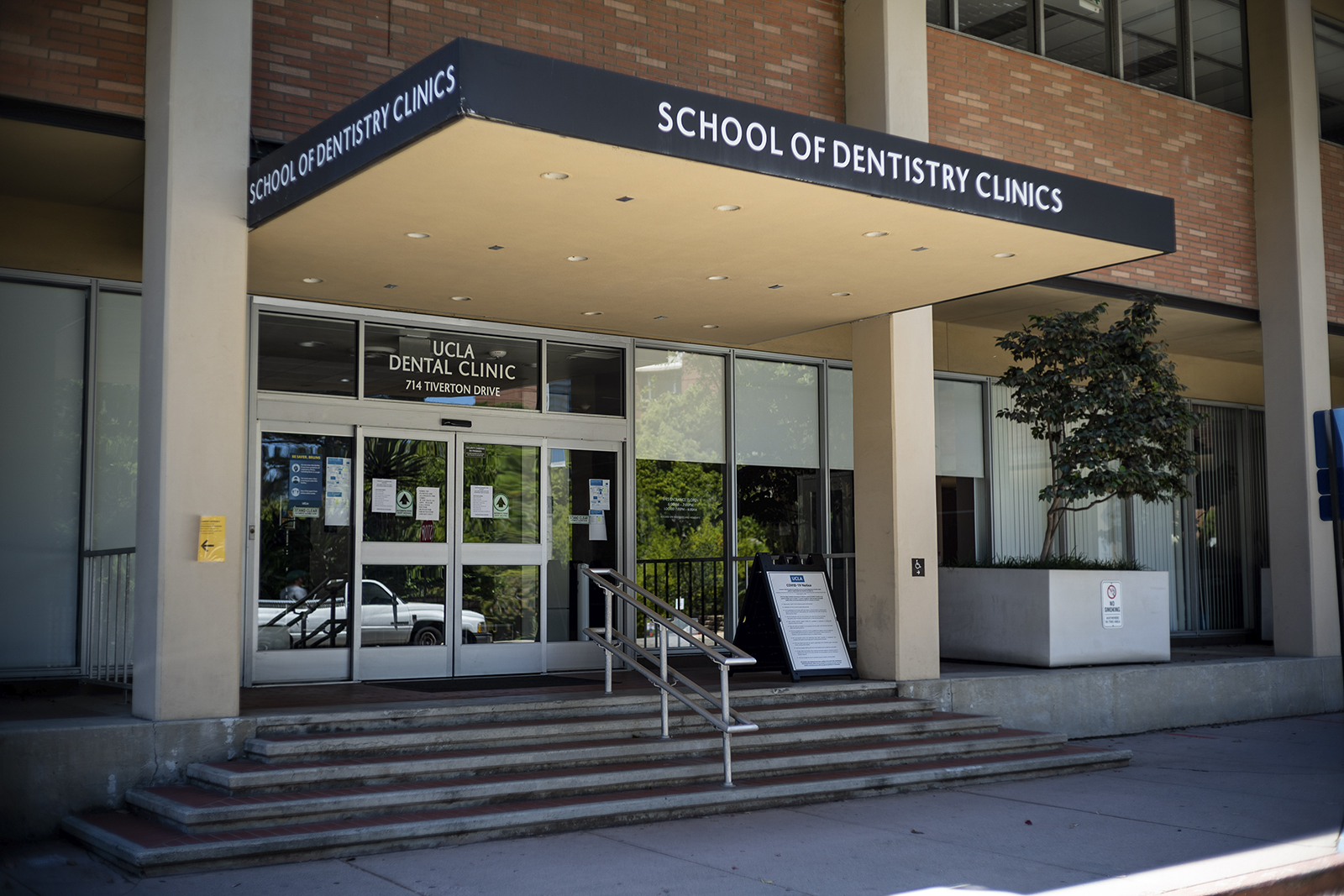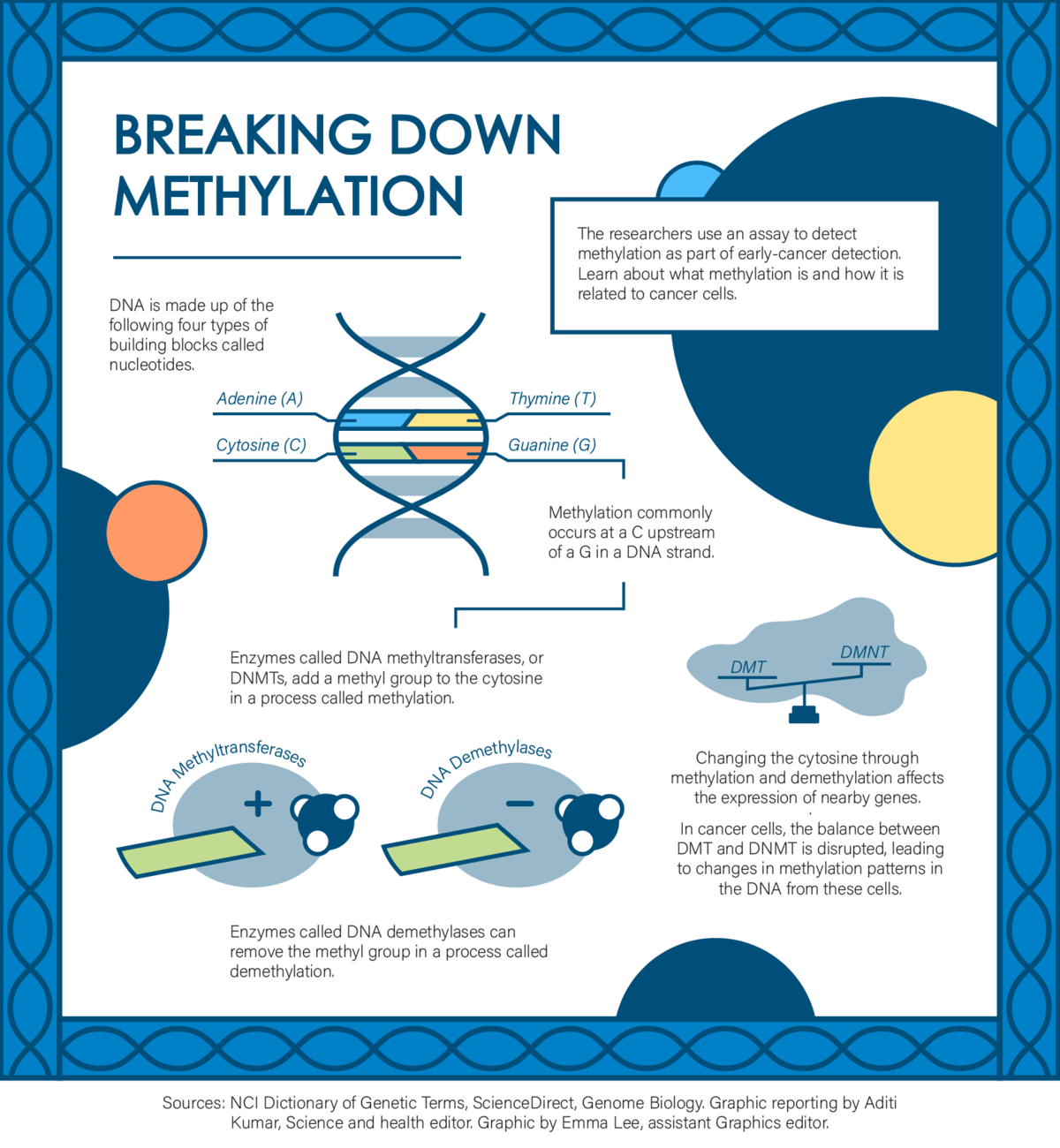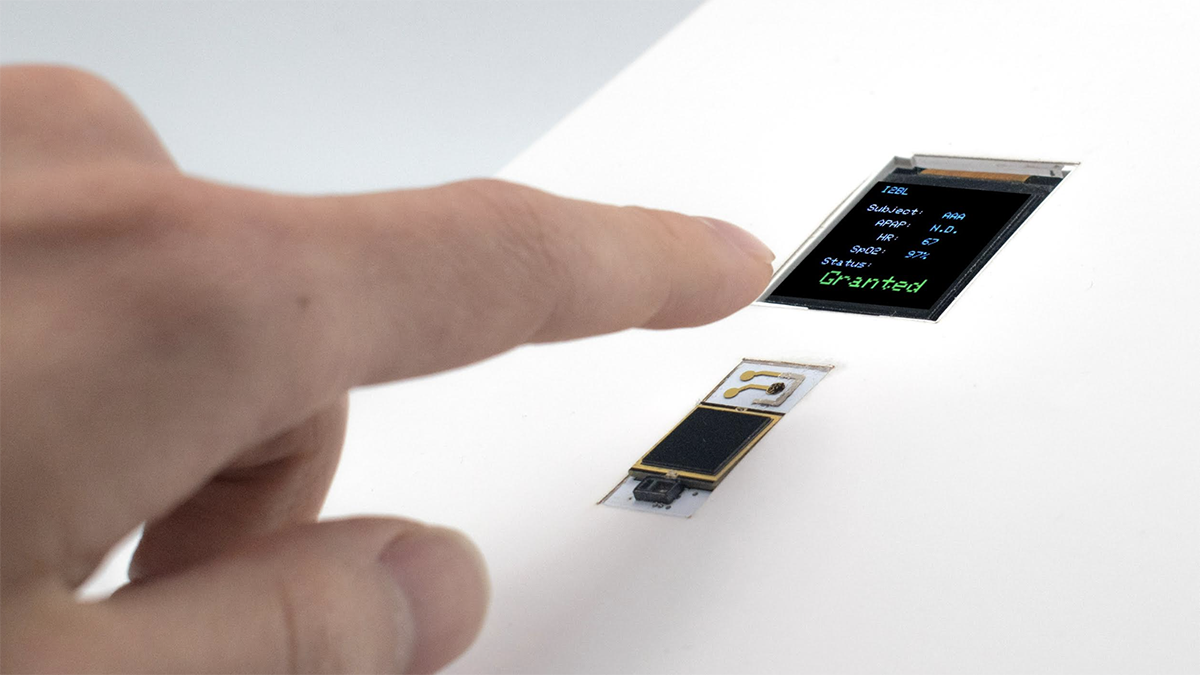Using nanotechnology, UCLA researchers develop safer method for bone regrowth

The building that houses the UCLA School of Dentistry Clinics is pictured. A team of researchers, including some from the School of Dentistry, has developed new and safer technologies for bone regrowth. (Daily Bruin file photo)
By Caroline Sha
Oct. 19, 2023 10:50 p.m.
UCLA researchers have developed new nanotechnology that can be used to regenerate bone in patients facing bone loss.
In a study published in September, the researchers found that simultaneously altering the expression levels of two genes related to bone formation led to increased production of a protein that forms bones called BMP-2, said Dr. Jiabing Fan, first author of the study and an assistant professor of pharmaceutical sciences at the University of Maryland Eastern Shore. Altering expression of these two genes also increased bone healing in mice with bone defects, he added.
Min Lee, a professor of biomaterials science and the corresponding author of the study, said that in order to alter these protein levels, the researchers used a newly developed type of stable nanoparticle – a small carrier – called a sterosome to carry the DNA that alters these expression levels. He added that this method could be safer than existing methods of treatment.
Previously, patients with bone loss may have received high doses of BMP-2 from external sources to regenerate bone, which can have undesirable side effects, Lee said. Dr. Tara Aghaloo, a professor of oral and maxillofacial surgery, said that bones formed from external BMP-2 administration may also be of poorer quality, as they could contain small defects or more fat than normal bone.
“(The) high dosage of BMP-2 required in clinical bone reconstruction … can cause significant side effects like hollow bone formation and inflammatory tissue swelling, as well as tumor formation,” Fan said. “We want to develop some alternative therapeutic approach.”
However, if the body can create more BMP itself instead of receiving it from outside sources, these side effects have a lesser chance of occurring, Aghaloo said.
According to the study, nanoparticles have previously been used to carry genes and drugs that cause tissue regeneration or treat diseases. However, they often are unstable, which is a problem the researchers sought to fix, according to their study.
Unlike traditional DNA delivery methods, which use viruses that could damage DNA, these sterosome carriers are made of lipids such as cholesterol, Lee said.
“The viral vector … could be toxic, so it may cause unexpected results,” he said. “Our synthetic material is more safe than the viral vector.”
To analyze the efficacy of these sterosomes, the researchers studied bone formation in mice missing part of their skull, according to the study. The nanoparticles are carried in a structure that allows bone regeneration to occur in the specific size and shape of the defect, Aghaloo said.
She added that after bone healing occurred over the course of eight weeks, the researchers then analyzed the healed areas using microscopy and various scanning methods.
The bone formation observed in the study was either comparable to or higher quality than bone defects treated with external BMP-2, Lee said. He added that these results demonstrate the efficacy of the method.
This approach could help those with bone defects from tumors, injuries or conditions developed before birth, Aghaloo said. She added that currently, these patients may have to receive bone grafts to fix specific defects, a process that can be painful and has limitations including short supplies of graft material.
“The gold standard will be (an) autograft, but as you know, it’s very painful, it’s not always available,” Lee said. “BMP is the only FDA-approved growth factor so far besides the natural bone graft material.”
Fan said he hopes that their approach may either reduce the dosage of external BMP-2 required when regenerating bone or replace BMP-2 therapy entirely. However, he said more testing is required before this method can be used in clinical settings.
One current limitation is that they only studied bone defects that were about three millimeters in diameter, while the defects seen in human patients can be significantly larger, Aghaloo said. To address that, Fan said researchers could test their method on larger bones such as the jawbone or thigh bone, and use larger animal models.
The researchers also have not determined proper BMP-2 expression levels at different stages of bone regeneration, Lee added.
Lee said he also hopes to test the method in bones that have diseases other than just defects, such as in test subjects who have osteoporosis, one of the most common bone diseases that decreases the density or mass of bones.
Fan said he hopes other researchers in other areas can use the study as a foundation for their own investigations. For example, those working with the regeneration of other tissues, such as ligaments, could potentially use their method, he said.
“When you have a hypothesis, it doesn’t always mean that it’s going to be validated,” Aghaloo said. “(But) this was really exciting data that came out, so we’re really happy about it.”
Contributing reports by Anna Dai-Liu, science and health editor.





